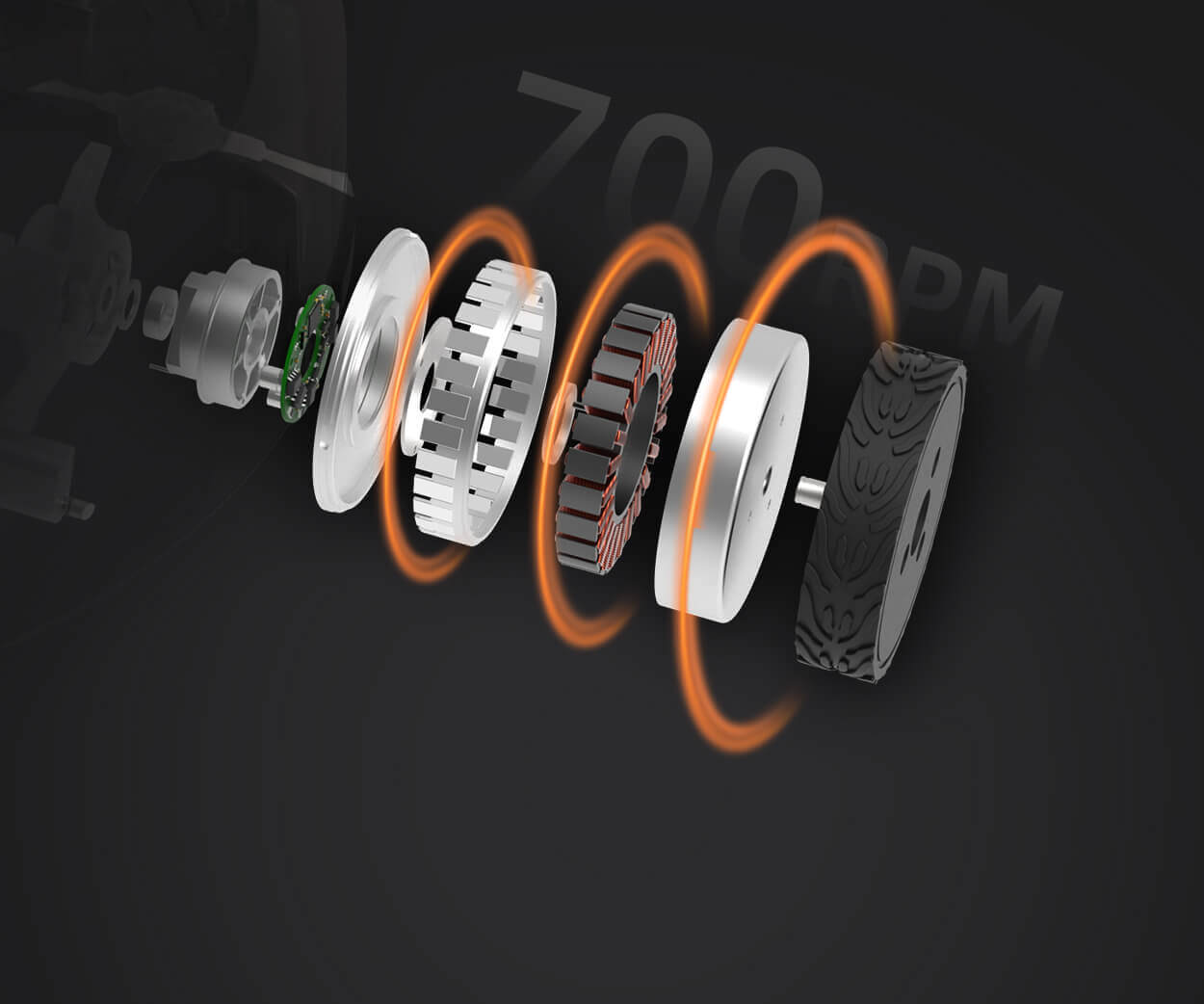Sure! Here's the first part of your soft article on "Basic Servo Motor Code Arduino." I'll make it engaging, informative, and inviting, aiming to inspire readers to dive into Arduino projects involving servo motors.

Embarking on Your Arduino Journey: Mastering Servo Motors with Ease
Imagine a world where your little digital brain — the Arduino — can make mechanical parts move precisely when you tell it to. That’s the magic of servo motors, tiny but mighty actuators capable of rotating to specific positions with remarkable accuracy. Whether you’re dreaming of building a robotic arm, a remote-controlled vehicle, or an automated home gadget, understanding how to control a servo motor is a foundational step.
What is a Servo Motor?
Before diving into code, it helps to understand what a servo motor does and why it’s so popular among hobbyists and professionals alike. Unlike simple motors that spin continuously, servo motors are designed to rotate to a specific angle within a range, commonly 0 to 180 degrees. They contain a built-in feedback mechanism, so the Arduino (or any microcontroller) can tell it exactly where to move and expect it to get there.
This precision makes servo motors ideal for applications requiring exact positioning, such as camera gimbals, robotic arms, or animatronics. Their versatility is complemented by the ease of control: with just a few lines of code, you can command a servo to move to any position within its limits.
Getting Started: The Hardware Setup
To start working with a servo motor on Arduino, you’ll need a few basic components:
An Arduino board (Uno, Nano, Mega, etc.) A servo motor (most commonly a standard hobby servo) Jumper wires A power supply (if your servo draws more current than Arduino’s can provide safely)
Connecting the servo is straightforward: the servo typically has three wires — power (red), ground (black or brown), and signal (white or yellow). Connect the power to 5V (or external power if your servo demands more), ground to GND, and signal to one of the Arduino’s PWM pins, such as pin 9.
Why Use PWM for Servo Control?
Pulse Width Modulation (PWM) is key to how servo motors are controlled. In essence, a servo responds to pulses of electrical signals that vary in width — the duty cycle. The width of these pulses encodes the desired position: a 1-millisecond pulse might correspond to 0°, 1.5 ms to 90°, and 2 ms to 180°, for example.
Luckily, Arduino simplifies this process through dedicated libraries like the Servo library. Not only does this library abstract away some of the complex timing, but it also makes writing your code less daunting.
Writing Your First Arduino Servo Program
Now, the exciting part: coding! Here's a simple outline of the steps to get a servo motor moving with your Arduino:
Include the Servo library at the top of your sketch. Create a servo object that represents your servo. Attach the servo to a specific digital pin. Use commands to set the servo’s angle.
Here’s an example snippet:
#include Servo myServo; // create servo object to control a servo void setup() { myServo.attach(9); // attaches the servo on pin 9 } void loop() { myServo.write(0); // move to 0 degrees delay(1000); // wait for a second myServo.write(90); // move to 90 degrees delay(1000); // wait for a second myServo.write(180); // move to 180 degrees delay(1000); // wait for a second }
This simple script sequentially moves the servo to three positions with a one-second delay in between. Upload it to your Arduino, and watch your servo spring into action.
Understanding the Code
#include imports the library needed to control servos. Servo myServo; creates a servo object. attach(9); links that object to digital pin 9. write(angle); commands the servo to move to a specified angle. delay(ms); pauses the program, giving the servo time to reach the position.
By tweaking the angles and delay times, you can customize the movement pattern for your project.
Troubleshooting Common Issues
Even after a straightforward setup, some users encounter hiccups. Here’s what to watch out for:
Servo jittering or not moving: Ensure the servo is receiving enough power—some servos need more current than the Arduino’s 5V pin can safely provide. Consider using an external power supply. Incorrect wiring: Check your connections, especially the signal wire to the right Arduino pin. Library conflicts or code errors: Confirm you’ve included the library correctly and uploaded the proper sketch.
Once these basics feel comfortable, you’re ready to explore more advanced movements, integrate sensors, and develop more complex robotic behaviors.
End of Part 1
Established in 2005, Kpower has been dedicated to a professional compact motion unit manufacturer, headquartered in Dongguan, Guangdong Province, China.




































